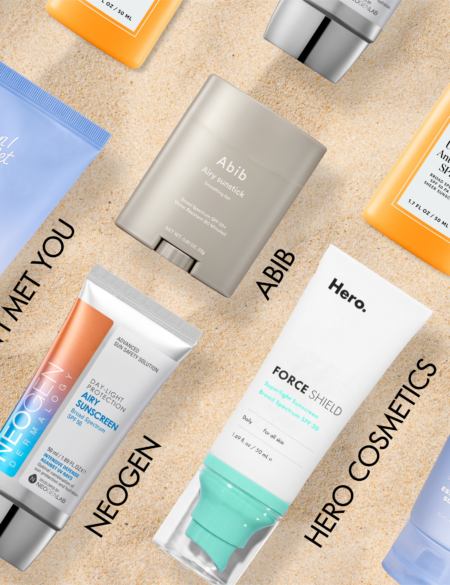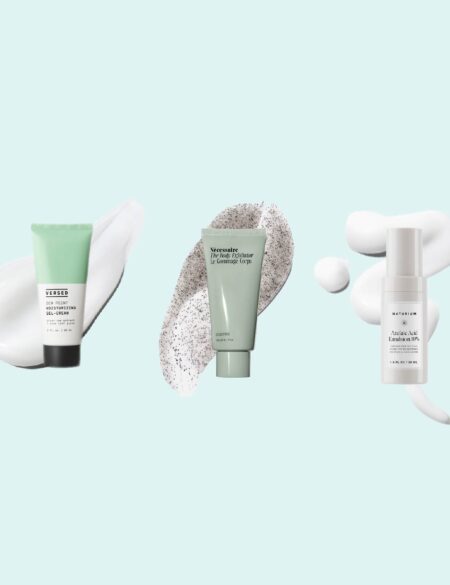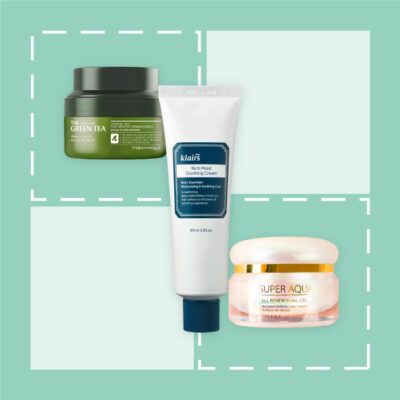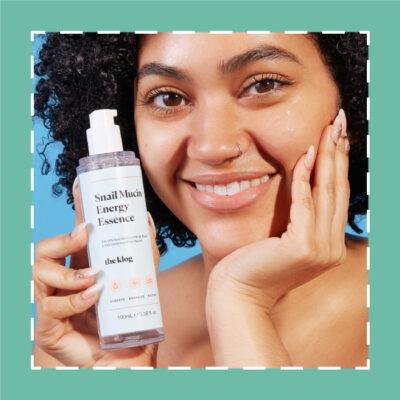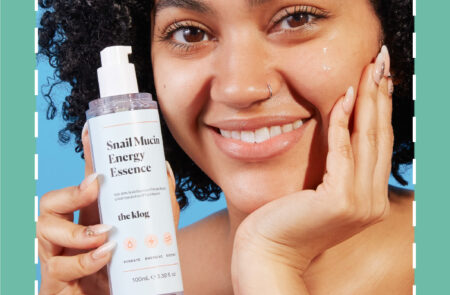Featured Content
Skin Concerns
How Five Retinol Alternatives Compare to the Real Thing
Whether you have sensitive skin or would rather shop your own skin care stash than add a new product to the mix, discover five retinol alternatives…
Reviews + Advice
Soko Glam’s Conscious Minded Capsule Collection Will Have Beauty Lovers Feel Good About Clicking ‘Add To Cart’
This is not a drill: the K-Beauty platform’s welcoming community favorite brands Naturium, Nécessaire, and Versed for a limited time. Soko Glam’s once again driving purposeful…
Skin Care Routine
The Perfect Serum Cocktails to Treat Your Winter Weather Skin Woes
With the holidays in full swing, the combination of festivities, cold weather, and late nights may be leaving your skin in need of some TLC. Because…
Watch
Sink-side Confessions: Five Skin Care Questions With Nusrat Ali
Beauty influencer Nusrat Ali's skin changed after she discovered K-Beauty. Watch to hear about why she's an advocate for the double cleanse method, what her biggest beauty mistake is, and more!
Best Skin Solutions
A-Z
INGREDIENT
GLOSSARY
Learn about the skin care
ingredients that will change
your skin.
Spotlight
Sponsored Content
The Klog’s Snail Mucin Energy Essence Delivers On The Best Of The Buzzy Top K-Beauty Ingredient
Formulated with a unique blend of snail mucin and wild yam, The Klog’s new Snail Mucin Energy essence absorbs quickly…





